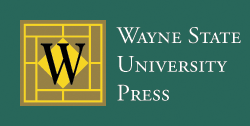Abstract
The definition of time as the “fourth dimension” by Albert Einstein and Hermann Minkowski in relativity theory and the adoption of the “fourth dimension” by Charles Howard Hinton to indicate the immensity of space have both fired the imagination of modernists. This essay juxtaposes two Antipodean writers, Robin Hyde and Ethel Anderson, and argues that the implications of the fourth dimension are reflected in both Hyde’s and Anderson’s outbound-cum-inbound creative routes, directed by their encounters with places and cultures situated in between the Asian and metropolitan North and the Antipodean South. It investigates both Hyde’s and Anderson’s representation of the intercultural space and the way they commingle different locational points to present an otherwise flat memory and reality. The prominent trans-Tasman adjacency in Hyde’s writings and the evocative bond among the southern island countries in Anderson’s works allow their representation of the Antipodean home grounds to take on a new light. Hyde’s and Anderson’s creative sensibility, closely related to their traveling routes, brings in a different way of looking at the “colonial tag” attached to the Antipodean South. The writerly and creative scopes developed from home and from abroad enable both writers to write through a different dimension and with openness, giving direct shape to their literary modernism.
Recommended Citation
Cheng, Yingjie M.
(2019)
"Antipodean Modernism: The “Fourth Dimension” in the Writings of Robin Hyde and Ethel Anderson,"
Antipodes: Vol. 33:
Iss.
2, Article 3.
Available at:
https://digitalcommons.wayne.edu/antipodes/vol33/iss2/3
